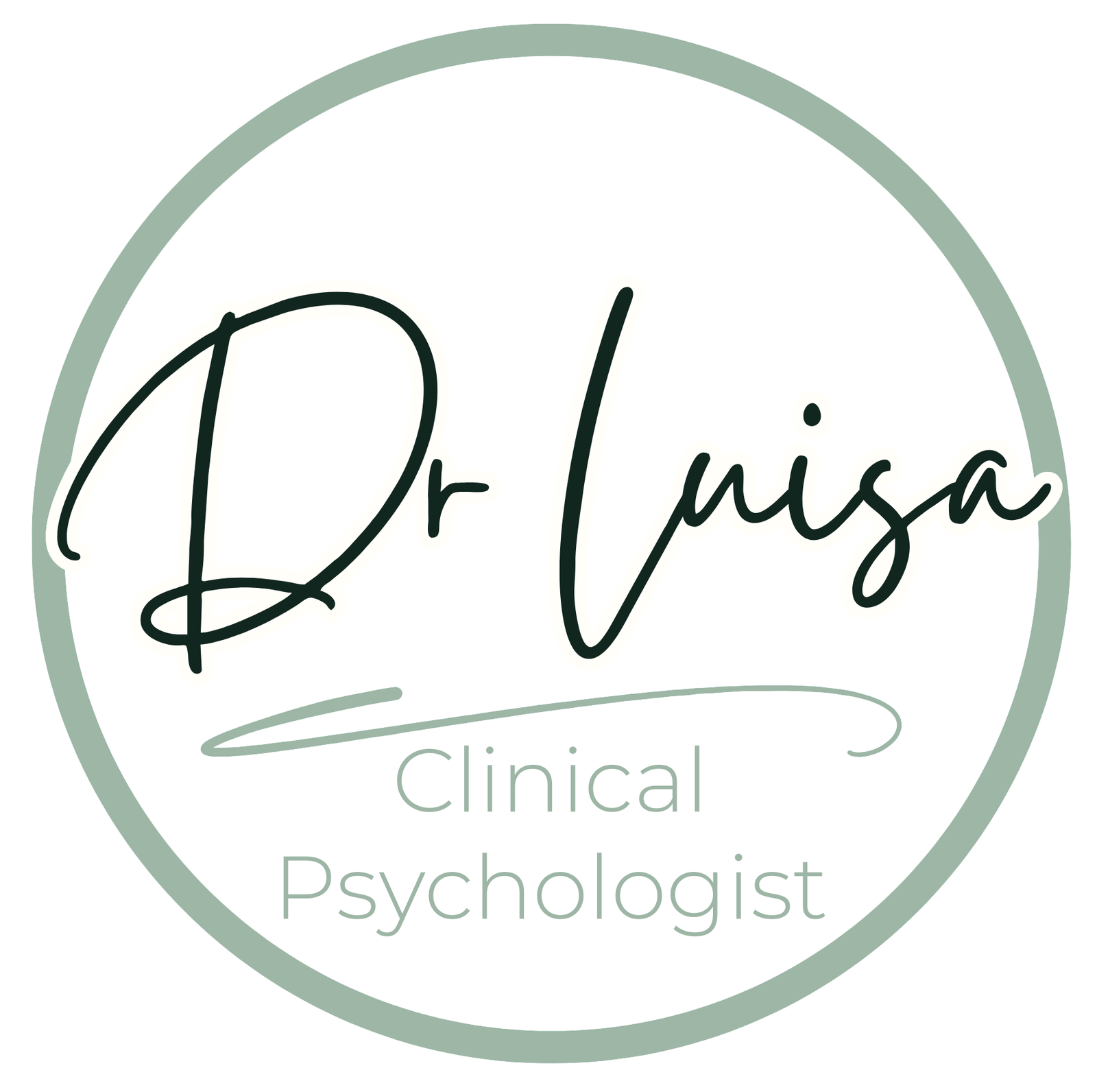The ABC of Anxiety
Anxiety is often recognised by changes to your child or teen’s thinking, feelings and behaviour. This is known as the ABC of Anxiety. It affects us in three ways:
A – Affect (anxiety changes the way we feel)
B – Behaviour (anxiety changes the way we behave)
C – Cognition (anxiety changes the way we think)
1. Bodily changes – When your child or teen feels worried and thinks in anxious ways, their bodies react accordingly. Once alerted, the fear system switches their energy away from thinking and being social to ‘fight or flight’. This a primitive survival mechanism that our bodies developed a long time ago to cope when faced with real threats.
Common anxious bodily feelings are:
- Physically very tense
- Stomach ache or nausea
- Rapid heart rate
- Sweating
- Trembling or shaking
- Rapid breathing or breath holding
Your child or teen’s body reacts by speeding up their breathing and their heart rate (to pump more blood around the body), their muscles become tense (so they can run or fight), they will sweat, feel sick or have ‘butterflies’ in their tummy (as their digestion is shut off as it is not needed in that moment). Several chemical and physical changes happen within body once the fear system is triggered to maximise their chances of survival.
All these changes happen so your child or teen’s body is ready to react to quickly to the potential threat they are facing. Physical changes happen instinctively as your child or teen’s brain tells their body to take over so they can survive. When your child or teen is very anxious, they will struggle to listen to reason, as the pre-frontal cortex (the thinking part of the brain) is not engaged or ‘offline’. They will be restless, distractible and will struggle to settle to learn.
2. Anxious Behaviour – The ‘fight, flight’ response triggers the way your child or teen behaves when they are anxious or worried.
Common types of anxious behaviour include:
- Refusal to go to certain places (including school)
- Crying and angry tantrums when they are worried
- Excessively seeking reassurance
- Avoiding social events with friends
- Not sleeping in his or her bedroom
- Not wanting to spend time alone
Your child or teen will either fight against the threat (angry behaviours) or flight from it (withdraw and avoid it). These can helpful ways of behaving when faced with a real threat, i.e. a lorry hurtling towards them on a busy road. However they are unhelpful when the threat is imagined, such if they will perform well in test at school tomorrow.
3. Anxious thinking (cognitions) – When your child or teen is anxious, they often think something bad is about to happen. Their minds then become so focused on the potential danger and how they can escape from it that they cannot think about anything else. This leads your child or teen to constantly focus on these dangers and excessively worry.
Common anxious thoughts are:
- What if I get an answer wrong and everyone laughs at me?
- What if my mum forgets to pick me up from school?
- What if I fail my exam?
- What no one wants to spend time with me?
- What if my parents die?
- What if I am sick?
Should I be concerned about my child’s anxiety?
See ‘Is my child’s anxiety a problem’ for important information to help you decide if your child or teen’s anxiety is becoming a problem in their lives.


